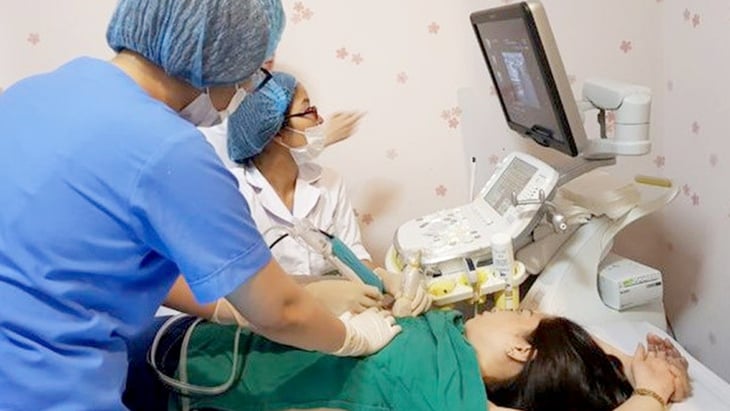
Doctor performs breast ultrasound for patient at 108 Military Central Hospital - Photo: TTO
In many cases, women suffer from breast cysts - a benign and quite common condition, especially in women between the ages of 35 and 50.
What is a breast cyst?
According to Dr. Pham Quang Huy, Department of Breast Surgery - Gynecology, Hanoi Oncology Hospital, breast cysts or breast cysts are fluid-filled sacs located in breast tissue. Cysts form when the mammary ducts become blocked and accumulate fluid.
Most breast cysts are benign, not a risk factor for breast cancer, and do not progress to serious disease. Small cysts are often asymptomatic and are only discovered incidentally during ultrasound or mammography. However, if they are large, several centimeters or more, cysts can cause a feeling of tension, pain, or discomfort, especially before menstruation.
A person can have one or more cysts in one or both breasts. Breast cysts can also appear and disappear according to the hormonal cycle, which is common in premenopausal women or those undergoing postmenopausal hormone therapy.
"Breast cysts are divided into three main types. Simple cysts are the most common type, accounting for about 90% of all cysts, and are always benign. They have smooth walls, contain clear fluid, have no solid components, and almost never develop into cancer.
Mixed cysts contain both fluid and solid parts inside. The cancer rate can range from 14% to 23%, so doctors often prescribe a biopsy to clarify its nature.
Complex cysts are those with irregular walls, walls, contain cloudy fluid and sometimes have abnormal signs. However, the cancer rate in this group is still very low, under 2%, and is often monitored periodically," Dr. Huy stated.
According to Dr. Huy, clinical symptoms of breast cysts vary depending on the size of the cyst. With small cysts, the patient feels almost nothing.
When the cyst is large, you can feel a round, mobile mass under the skin, soft or firm density, clear boundaries, sometimes painful, especially around the menstrual period. After menstruation, the cyst usually shrinks. Some patients may also have nipple discharge or feel the breast area more tense than usual.
"The exact cause of breast cysts is still unclear, but many experts believe that fluctuations in female sex hormones, especially estrogen during the menstrual cycle, are factors that stimulate cyst formation. After menopause, when estrogen levels decrease sharply, breast cysts are less common," said Dr. Huy.
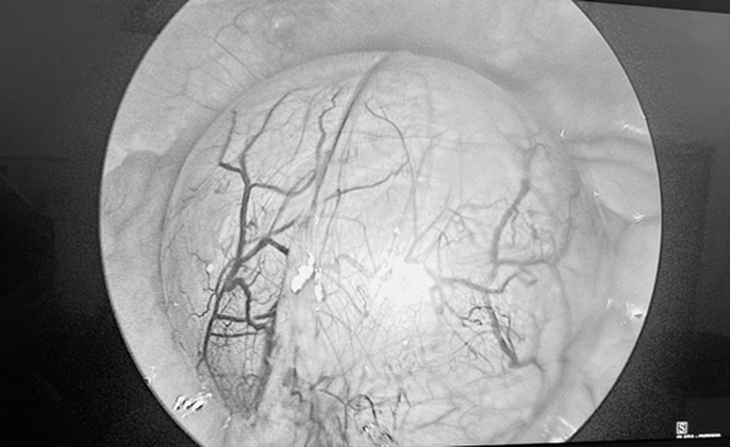
A gynecological cyst discovered in a female patient through an X-ray image - Photo: TTO
Can breast cysts turn into cancer?
According to Dr. Huy, the treatment of breast cysts depends on the size and the extent of the impact on the patient. In most cases, cysts do not require treatment because they can disappear on their own after a while.
If a large cyst causes pain or discomfort, your doctor may perform a fine needle aspiration to drain the cyst. However, cysts can recur, and in some cases, if the cyst recurs repeatedly or is suspicious, the patient may need to have it surgically removed.
Another issue that women need to be concerned about is abnormal changes in breast cysts. This could be a condition called fibrocystic breast disease.
Doctor Le Thi Thu Trang, Department of Pathology, 108 Central Military Hospital, said that fibrocystic breast disease is a benign condition of the breast, the clinical manifestation is often when the patient touches the breast, there is a feeling of uneven lumpiness.
These changes may occur constantly or according to the menstrual cycle. Fibrocystic breast disease is not harmful or dangerous, but it can cause pain or discomfort in the breasts. Furthermore, this condition can be mistaken for cancer.
"In which, fibrocystic breast transformation is a combination of many changes in breast tissue such as ductal dilatation, fibrostromal proliferation, glandular tissue, the appearance of abnormal cells and calcium deposits. This condition is common in women of childbearing age, especially from 20 to 50 years old, and also appears in postmenopausal women using hormone replacement therapy.
Symptoms of fibrocystic breast disease can include dull pain, breast tenderness, and the appearance of a lump or thick mass, which is often worse before menstruation and reduces after menstruation," said Dr. Trang.
Examination when detecting a strange mass in the breast
Importantly, neither breast cysts nor fibrocystic breast changes increase the risk of breast cancer, experts say. However, because they can mimic other tumors, regular follow-up is essential.
Patients should see a doctor if they discover a strange mass in the breast, an unusual thickening, pain that does not subside with the menstrual cycle, or a clear change in size.
Breast self-examination, especially after menstruation, is a simple but effective way to detect abnormalities early. Women aged 40 and older should have a mammogram every year to screen for breast cancer early.
Source: https://tuoitre.vn/u-nang-tuyen-vu-co-phai-dau-hieu-dang-lo-20250723233121455.htm


![[Photo] Keep your warehouse safe in all situations](https://vphoto.vietnam.vn/thumb/1200x675/vietnam/resource/IMAGE/2025/10/1/3eb4eceafe68497989865e7faa4e4d0e)



![[Photo] Hanoi morning of October 1: Prolonged flooding, people wade to work](https://vphoto.vietnam.vn/thumb/1200x675/vietnam/resource/IMAGE/2025/10/1/189be28938e3493fa26b2938efa2059e)
![[Photo] President of the Cuban National Assembly visits President Ho Chi Minh's Mausoleum](https://vphoto.vietnam.vn/thumb/1200x675/vietnam/resource/IMAGE/2025/10/1/39f1142310fc4dae9e3de4fcc9ac2ed0)


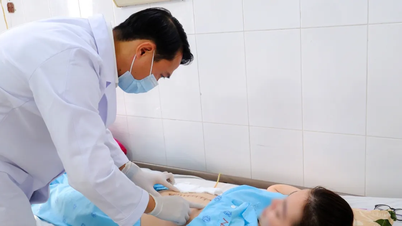

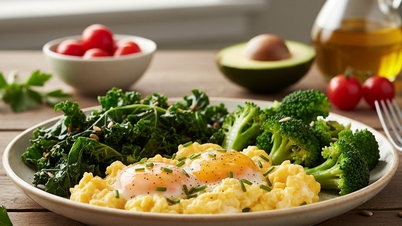




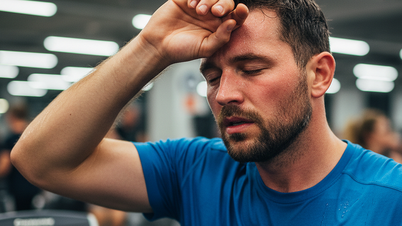
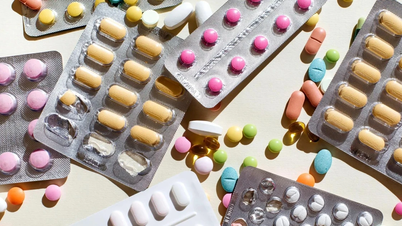

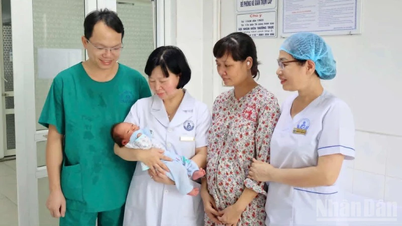

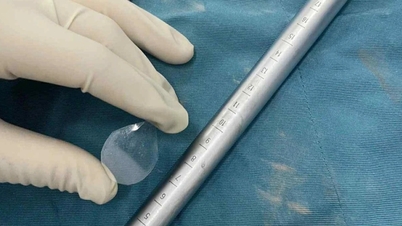


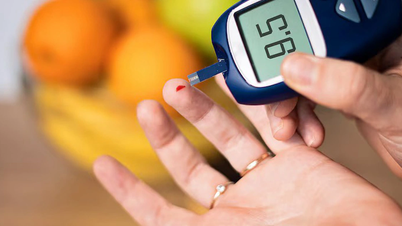





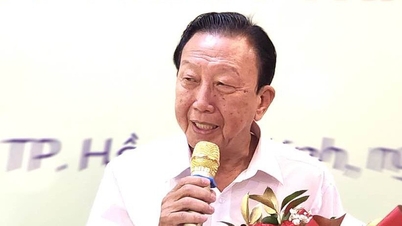
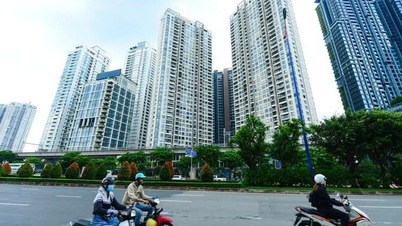






































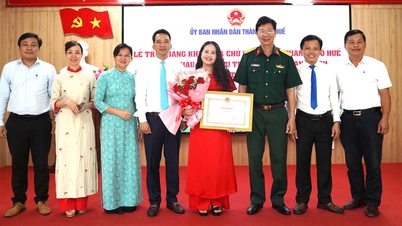

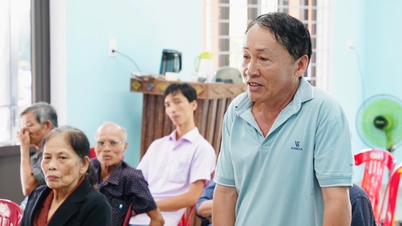




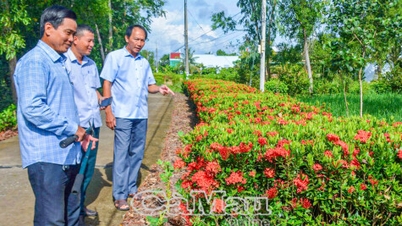
















Comment (0)